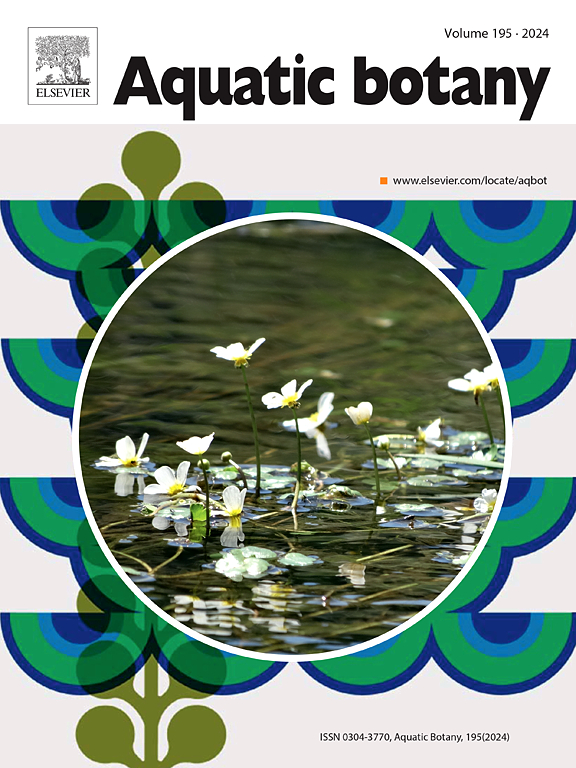Responses of an invasive plant Alternanthera philoxeroides to cadmium, nutrient availability and water temperature
IF 2.6
4区 生物学
Q2 MARINE & FRESHWATER BIOLOGY
引用次数: 0
Abstract
Introduced plant invasion, heavy metal pollution, eutrophication, and rising water temperatures collectively pose complex and severe environmental problems in freshwater ecosystems. Further clarification is needed on how invasive plants respond to these combined environmental stresses. We investigated the response of Alternanthera philoxeroides, a common invasive plant species in China, to two levels of cadmium concentration (0 or 1 mg L−1 Cd2+), crossed with two levels of nutrient availability (0 or 10 mL L−1 concentrated nutrient solution) and two levels of water temperature treatments (25 or 35 ℃). The presence of cadmium significantly inhibited the overall growth of A. philoxeroides, while the high nutrient level increased its growth. Temperature did not affect overall growth but primarily influenced branch number. There were statistically significant interactions between nutrient availability and temperature for several of our measurements; however, such significant interactions were not observed in the other two-way interactions. Overall, the high temperature enhanced the benefits derived from the high nutrient availability on the performance of A. philoxeroides. The three-way interaction only affected root-shoot ratio. The findings suggest that the high water temperature may exacerbate outbreaks of this invasive plant, particularly in freshwater habitats with high nutrient levels.
入侵植物黄花莲子对镉、养分有效性和水温的响应
外来植物入侵、重金属污染、富营养化和水温上升共同构成了淡水生态系统复杂而严峻的环境问题。入侵植物如何应对这些综合环境压力需要进一步澄清。本研究研究了中国常见入侵植物Alternanthera philoxeroides对2种镉浓度(0或1 mg L−1 Cd2+)、2种养分有效性(0或10 mL L−1浓营养液)和2种水温(25或35℃)处理的响应。镉的存在显著抑制了黄杨的整体生长,而高营养水平则促进了黄杨的生长。温度对整体生长没有影响,但主要影响分枝数。在我们的几项测量中,营养可利用性和温度之间存在统计学上显著的相互作用;然而,在其他双向相互作用中没有观察到这种显著的相互作用。总体而言,高温增强了高养分有效性对黄杨生长性能的影响。三向交互作用仅影响根冠比。研究结果表明,高水温可能加剧这种入侵植物的爆发,特别是在高营养水平的淡水栖息地。
本文章由计算机程序翻译,如有差异,请以英文原文为准。
求助全文
约1分钟内获得全文
求助全文
来源期刊

Aquatic Botany
生物-海洋与淡水生物学
CiteScore
3.80
自引率
5.60%
发文量
70
审稿时长
6 months
期刊介绍:
Aquatic Botany offers a platform for papers relevant to a broad international readership on fundamental and applied aspects of marine and freshwater macroscopic plants in a context of ecology or environmental biology. This includes molecular, biochemical and physiological aspects of macroscopic aquatic plants as well as the classification, structure, function, dynamics and ecological interactions in plant-dominated aquatic communities and ecosystems. It is an outlet for papers dealing with research on the consequences of disturbance and stressors (e.g. environmental fluctuations and climate change, pollution, grazing and pathogens), use and management of aquatic plants (plant production and decomposition, commercial harvest, plant control) and the conservation of aquatic plant communities (breeding, transplantation and restoration). Specialized publications on certain rare taxa or papers on aquatic macroscopic plants from under-represented regions in the world can also find their place, subject to editor evaluation. Studies on fungi or microalgae will remain outside the scope of Aquatic Botany.
 求助内容:
求助内容: 应助结果提醒方式:
应助结果提醒方式:


